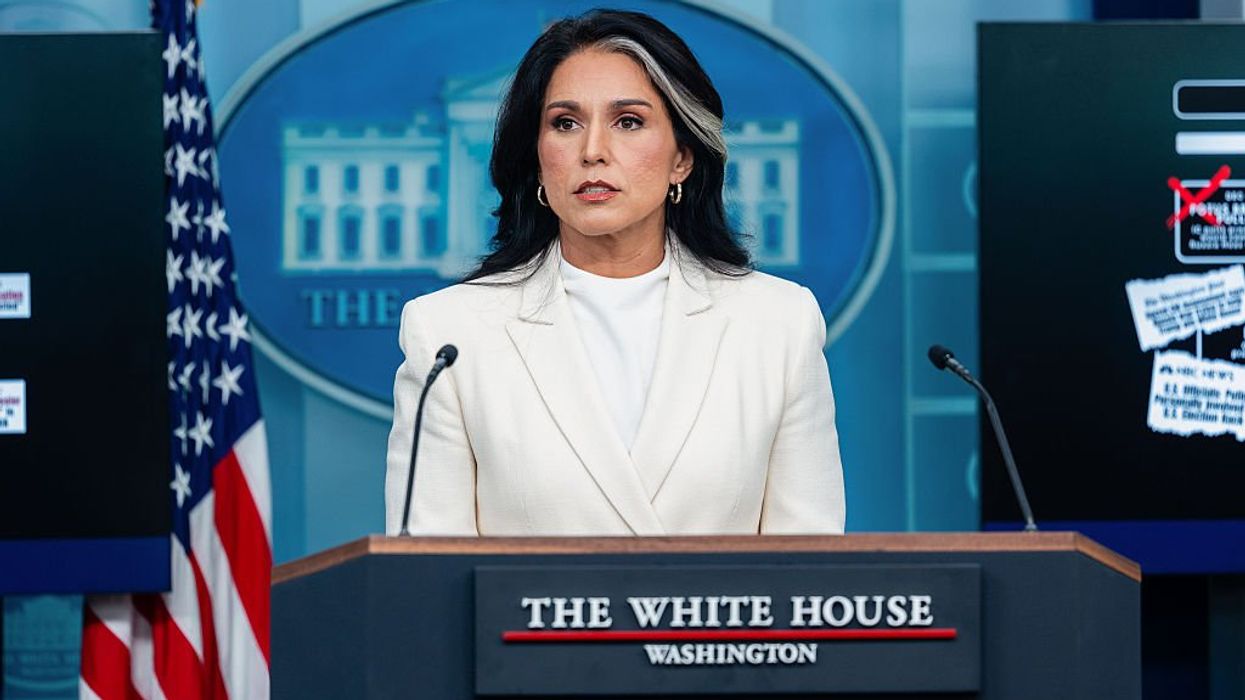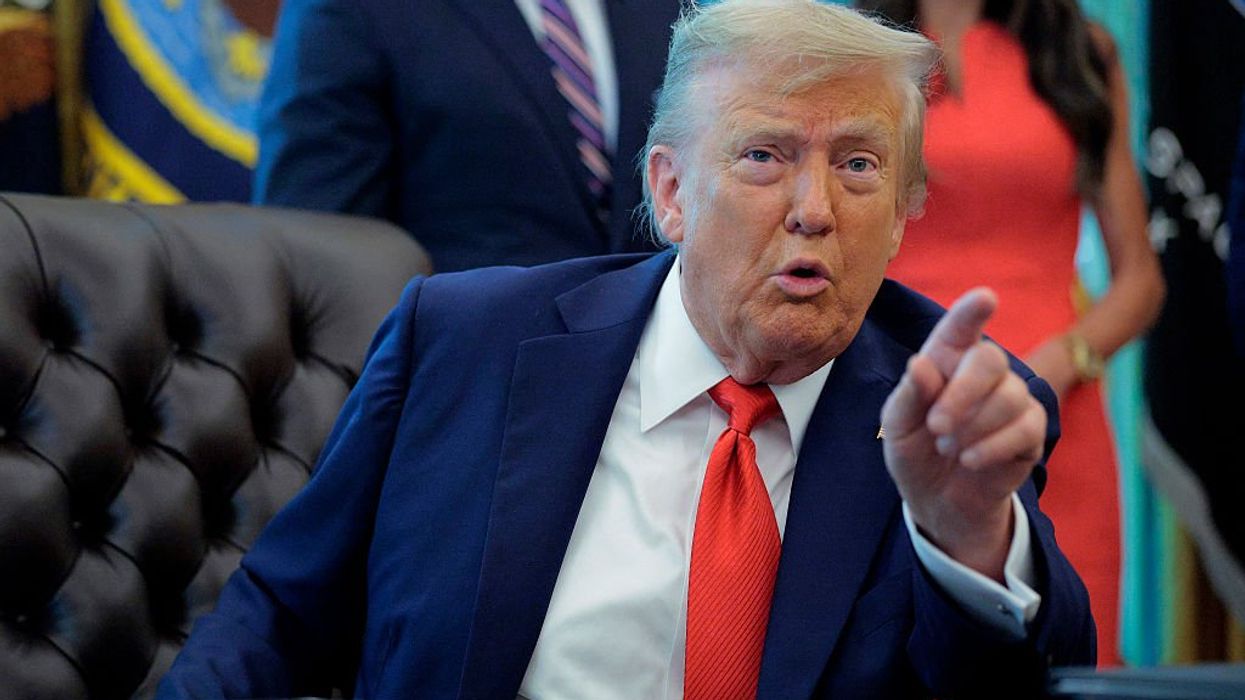GLENN: Okay. Let's judge him on his actions, not what we fear. Can we do that?
STU: Of course.
PAT: It's fair.
GLENN: So just on this action, not what we fear -- because what I fear is the same thing you fear: We start putting up trade barriers and we start moving into the things that he's also said he's going to do and we move into the area of tariffs, and we're in real trouble. But he hasn't done that. On this, I think this is a good thing getting out of TPP.
STU: You know, there are risks to it.
GLENN: China will be able to write all the rules. Right.
STU: You know, obviously if our issue is China with trade, now China is going to be writing the rules likely for this entire group of countries, which will be their negotiating starting point for anything going further. Of course, you know, Trump would say that he's going to be able to negotiate better deals. And he may very well -- he might. So to this one, I'm not thrilled in that. But I know I'm in the minority for sure.
GLENN: You happy, Pat?
PAT: Yeah. I think that's a good thing.
GLENN: Reinstating a ban on funding some abortion services. Trump's order yesterday reimposes a ban initiated in 1984 by Reagan on government support for international aid groups that provide or counsel women on abortion services. To receive any US aid, nongovernmental organizations will now have to certify they do not perform or actively promote abortion as a method of family planning. This ban is called the Global Gag Rule, lifted by Obama after he took office in 2009.
What it doesn't do, it doesn't affect family planning or abortion policy here in the United States.
I think it's a step in the right --
JEFFY: It's a start.
PAT: However, good for -- what the hell are we funding abortions anywhere, but especially foreign countries.
GLENN: Yeah, yeah.
STU: That's an A-plus for me.
PAT: That's huge.
STU: And also, you know, it's been one of those things that every Democrat has not enacted and every Republican has. So Reagan had it on. Then the Clintons took it off. Then Bush put it back on. Then Obama took it off. So this is very consistent with past Republican policy since Reagan. And obviously as somebody who is pro-life, it's important.
GLENN: Third, ordering a government-wide hiring freeze.
Here's what the order does: The Trump administration directed the leaders of all federal agencies and departments to freeze hiring of new personnel. Any vacancies in the federal workforce as of noon on Sunday must remain unfilled, and no new positions may be created, except in limited circumstances, the order stated.
The decision is meant to counter the dramatic expansion of the federal work force since the Clinton administration, from 1.8 million civilian employees, to 2.1 million. The cost in health and retirement benefits are unsustainable, says the administration.
There's, frankly, to some degree been a lack of respect for taxpayer dollars for a long time, says Spicer.
What the order does not do: Military is exempt from the freeze. Each department or agency can also exempt any position that it deems necessary to meet national security or public safety responsibilities.
I think that's good. Just through attrition, you will cut the size of the government down dramatically.
STU: Yeah, I'm certainly a big fan of this one as well.
The left is -- their point is, just so we know, because it's always important to know -- their argument is essentially, of all the things that have expanded during the Obama administration, federal employment hasn't really expanded.
A lot of that is to do with economic collapse and that kind of thing. But he left office about the same employment level federally as he got into office, which is sort of surprising, I think.
GLENN: Really surprising.
STU: Because it did drop initially. And then it has come back up to even. So that's just something to note, if you care.
But, I mean, as a principle, I think it's a good idea. We obviously know the federal government is way too big. And this is -- you're right, a way of doing attrition without having to lay people off constantly and have all those negative headlines
GLENN: And it's hard to fire people.
STU: It's hard to fire people. You don't want to fire good people. When people leave, you don't replace them. And that has to go along with obvious cuts in the structure eventually. But there's enough fat on there that you don't have to think about that for a while.
GLENN: Yeah. Going to turn the federal workers against because how many times have we worked in a company where they just didn't hire replacements, and then you get -- congratulations, no pay increase, you get to do their job too. And you're like, oh, crap. So it's going to be bad on the morale of government workers.
He has announced his intention to renegotiate or withdraw from the North American Free Trade Agreement, NAFTA, with Canada and Mexico.
He is in conversations with Canadian/Mexican leaders. Trump has made clear his intention to renegotiate the deal, though no formal steps have been taken. He has also convened his generals and informed them that they have 30 days to submit a new plan for defeating the Islamic State group.
So these are the -- some of the promises that he made. Remember, he was out and he said, "We're not going to fight this the way -- I'm going to go to the generals, and I'm going to tell them, you scrap what you're doing and come up with something else. I'm going to do that day one." This is where TIME magazine is like, well, he didn't do that.
Well, he's informed them, and he's convened them. And he's telling them that they now have 30 days.

 Kean Collection / Staff | Getty Images
Kean Collection / Staff | Getty Images
 Bloomberg / Contributor | Getty Images
Bloomberg / Contributor | Getty Images Chip Somodevilla / Staff | Getty Images
Chip Somodevilla / Staff | Getty Images